"Since April 17th 1964 the Ford Mustang has been influencing people by its iconic design, prestige and luxury. With projected sales of less than 100,000 units in the first year, Ford was quickly inundated, surpassing a million units within 18 months of launch. "

Music Maestro, please
How MG’s hot hatch now plays the right tune with retro drivers
Perhaps not the most obvious candidate when presented with a choice of 1980s hot hatches, the MG Maestro strikes a chord as a rare retro treat.
Almost every driver with a fondness for the 1980s would remember evocatively-named hot hatches with badges such as GTI, GT Turbo, XR2 and XR3. But what about lesser-known almost-household names such as GTti, MG and TC? While MG is perhaps the more easily recalled, the family-friendly MG Maestro still didn’t quite catch on in the same way as its higher profile rivals.
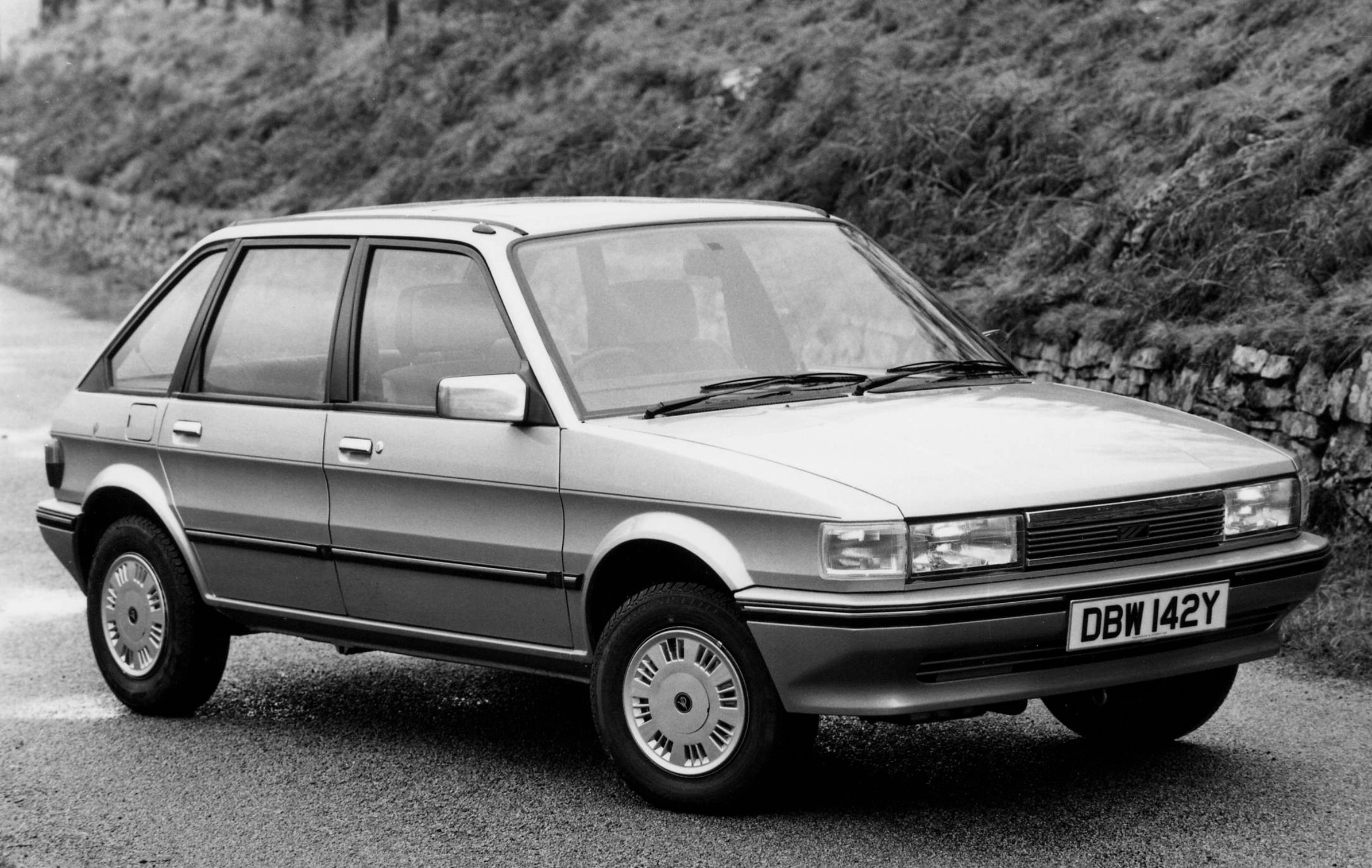
Borrowing its name from a selection of labels put forward for its smaller Metro brother, early British Leyland 1980s engineering project ‘LC10’ soon became known as the Austin Maestro, a five-door hatchback, intended to replace the now infamous Allegro and Maxi. A new front-wheel drive chassis underpinned it, and fitted with A-Series and R-Series engines as well as an ‘end-on’ Volkswagen gearbox, the computer-aided-designed Maestro boasted a crisp, square but soft-edged appearance. It looked much more modern than its predecessors. No really, it did.
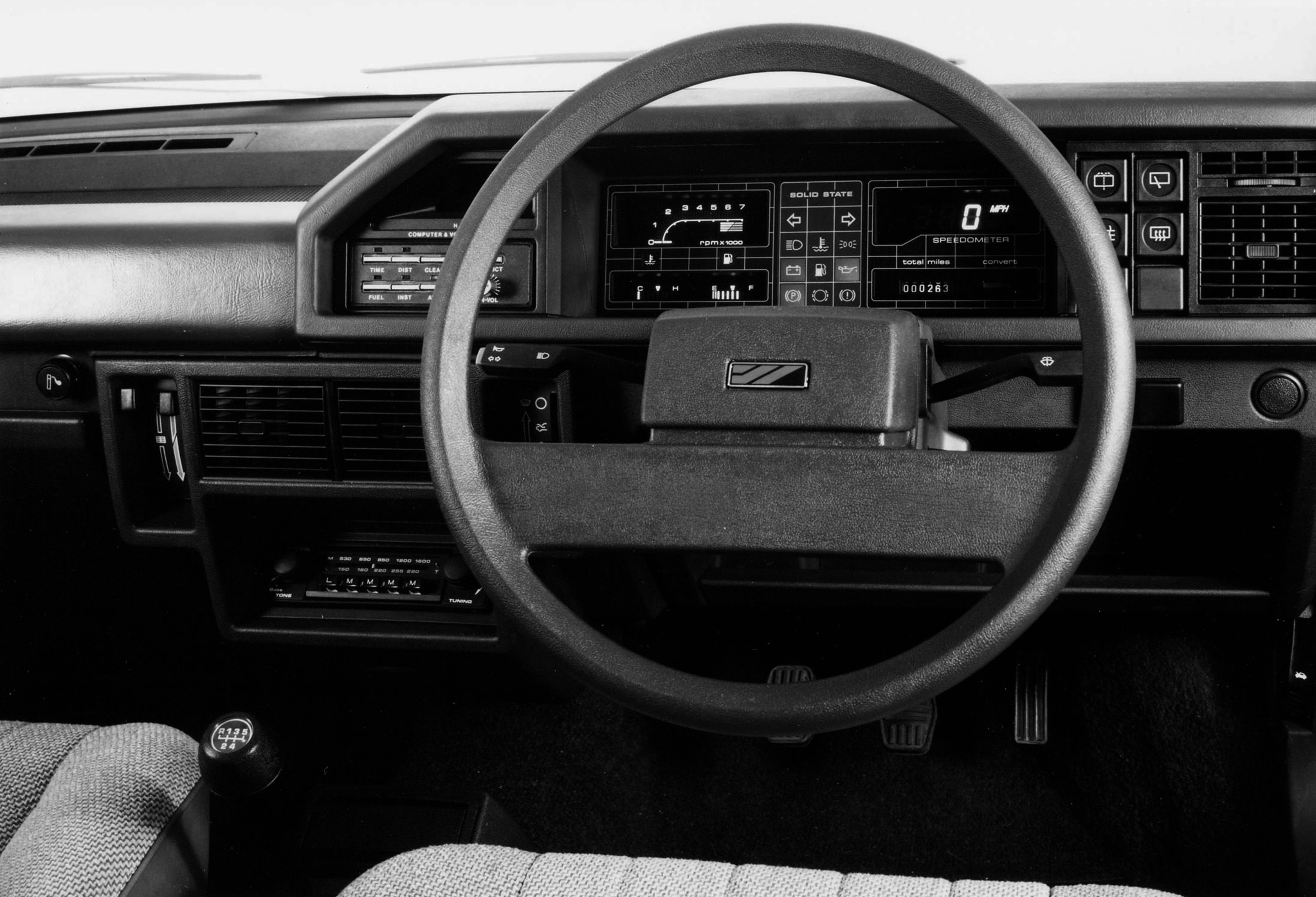
There was modern tech, too, with BL’s new family-friendly baby pioneering developments such as an asymmetrically-split rear seat, body-coloured plastic bumpers, a bonded laminated windscreen, an electronic engine management system – much more useful than ‘Simon’, the 1980s electronic memory recognition game – homofocal headlamps, and a massive (for 1983) 12,000-mile service interval. And blimey, there was very 1980s solid state instrumentation complete with a digital speedo. There was even an advanced (but short-lived) voice synthesis warning and information system, which – even though it was voiced by actress Nicolette McKenzie – was eclipsed faster than Bonnie Tyler.
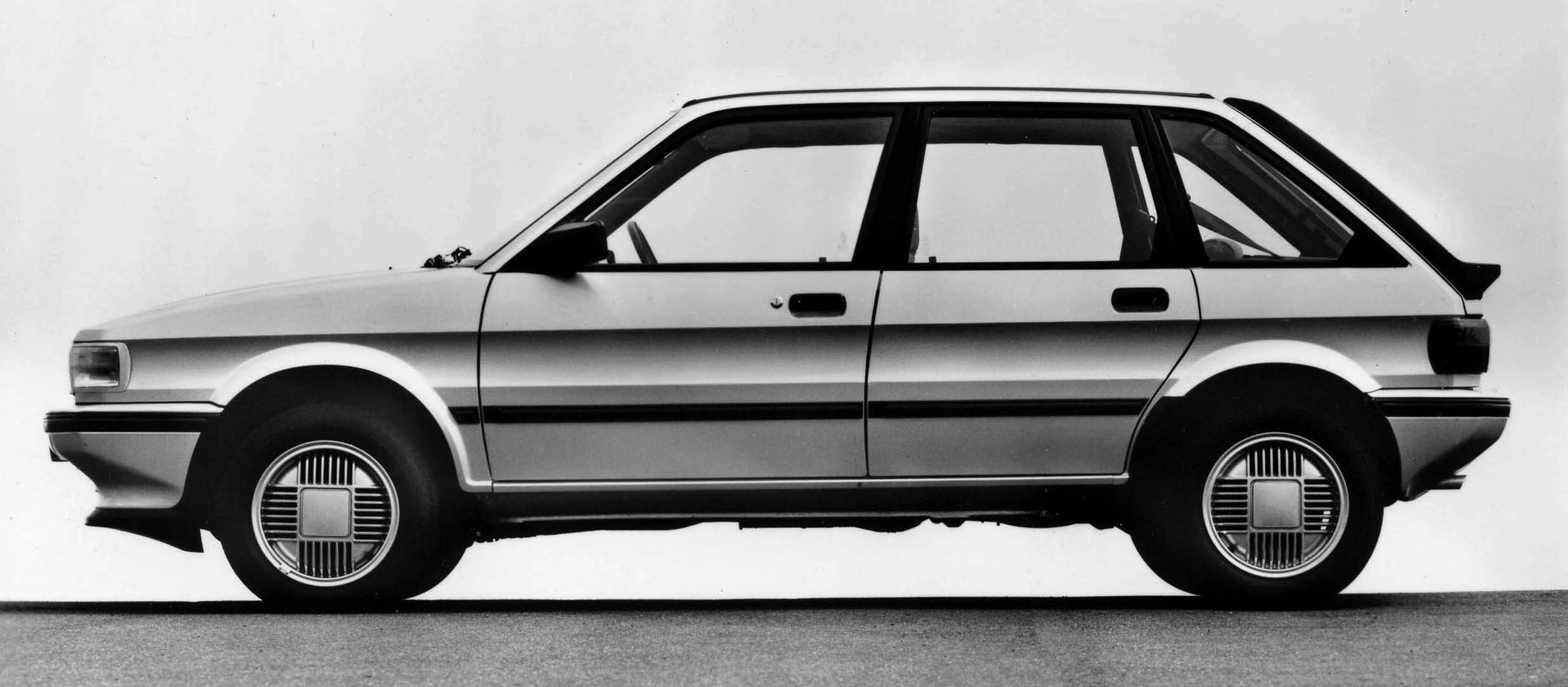
The excitement was ramped up several notches with the MG version, a key part of the Maestro family on its introduction in March 1983. Unfortunately, a rushed development programme meant the 103bhp 1.6-litre R-Series engine wasn’t the hottest in terms of performance. Its twin Weber carburettors disagreed, though, frequently resulting in engine bay fires. Distinctly red hot in a good way, though, were the seatbelts. Like those in the MG Metro, the bright red restraints – and carpets – were undeniably cool, and matched the bright red braces of the Golf GTI-driving yuppies to a tee. The distinctive multi-slat alloy wheels had more grooves than Madonna, too.
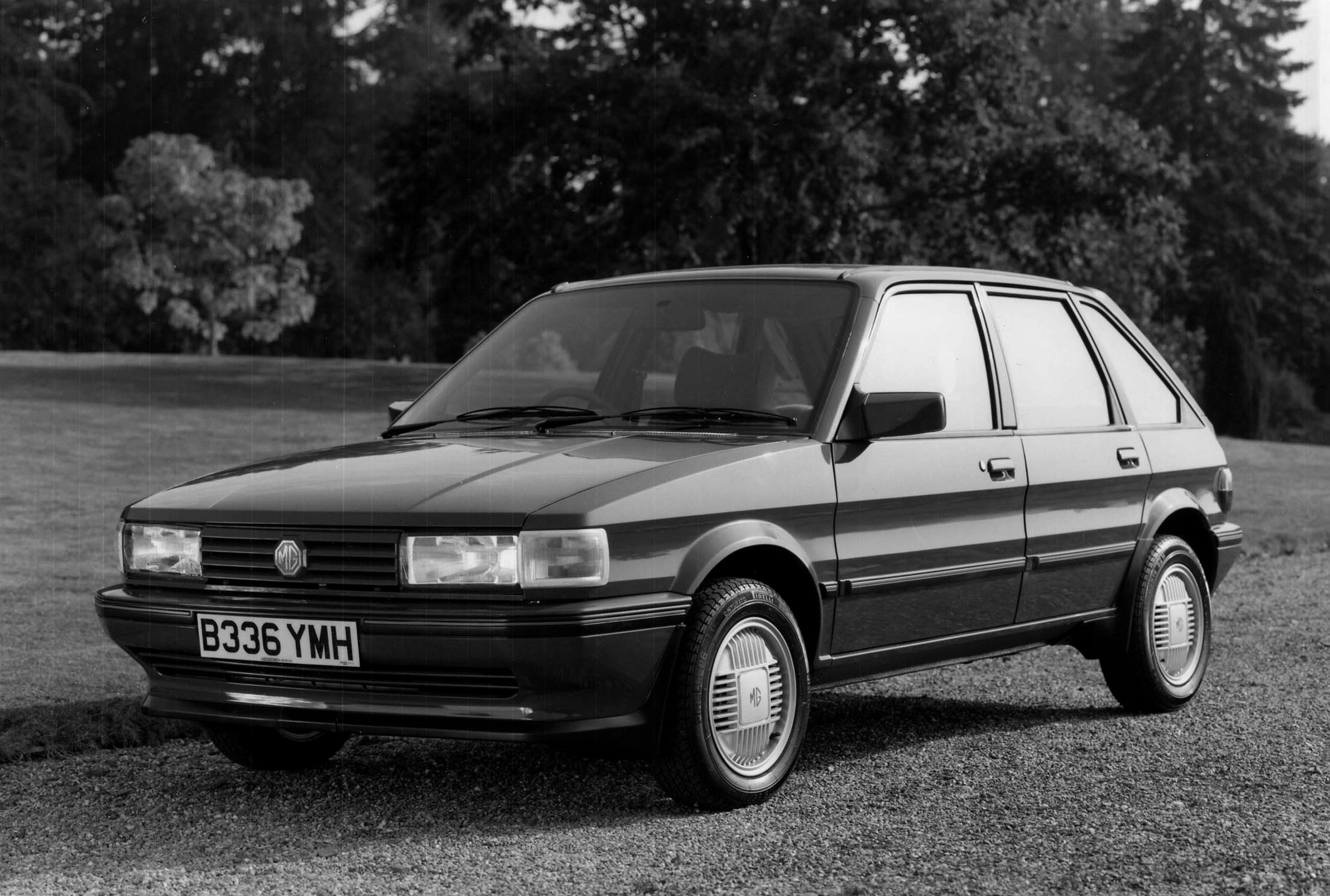
1984 saw the arrival of the 2.0-litre MG Maestro EFi. Electronic fuel injection liberated 115bhp and saw the hot Maestro dispatch the 0-62mph dash in 8.4 seconds. A Honda-sourced PG1 series gearbox helped improve matters, too, and undercutting both the Golf GTI and Vauxhall Astra GTE on price, the injected Maestro was much nearer to being a five-star car. The 10,000th MG Maestro EFi came off the Cowley lines in 1986, although the ‘EFi’ badges were dropped in 1987 when increased car crime targeted hot hatches of all denominations. Not all was lost, though, as the newly-named MG Maestro 2.0i kept the dream alive for family drivers in search of a car wearing the Morris Garages octagonal badge.
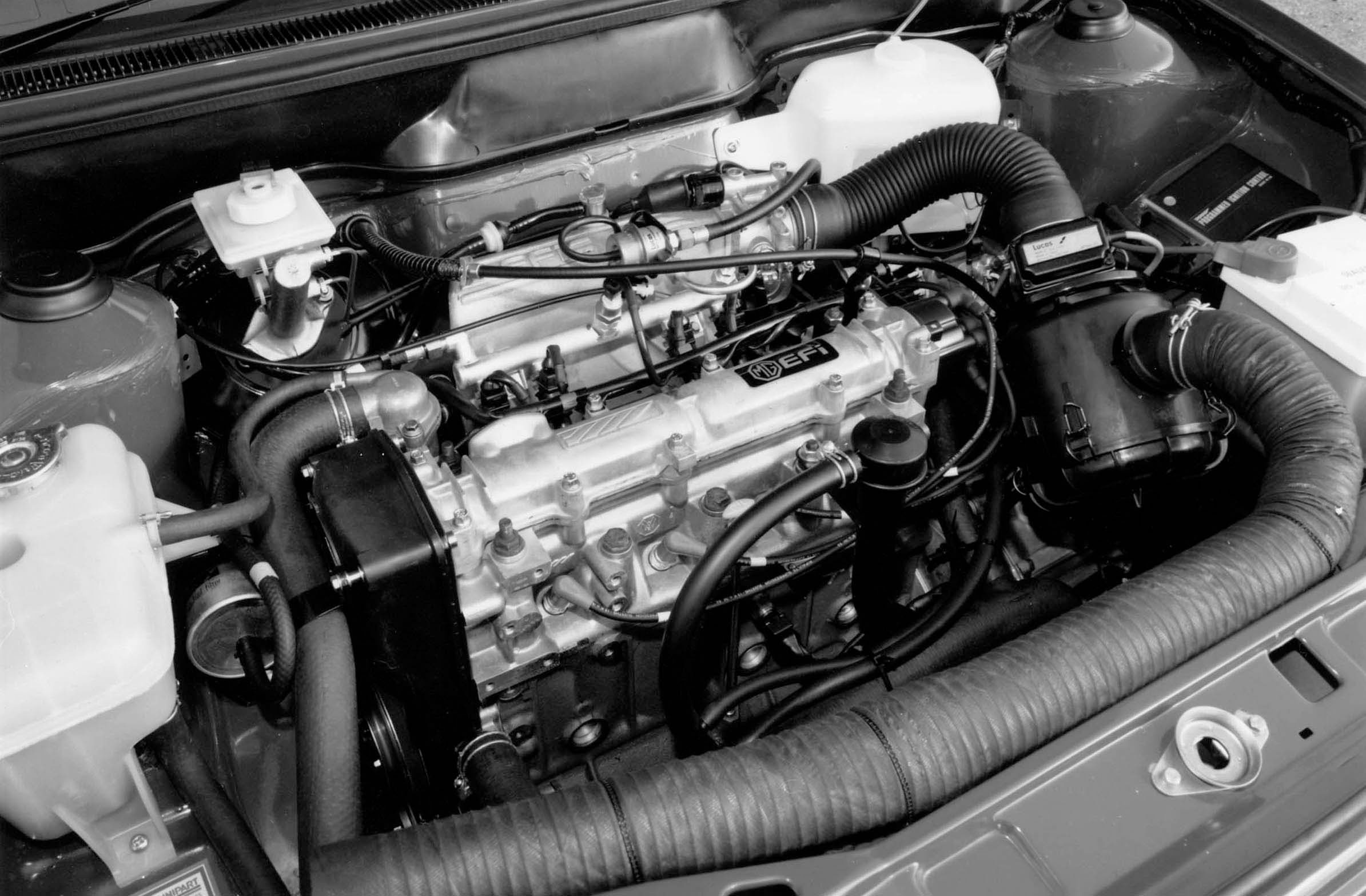
But in 1988, the only way was up for the hot Maestro. At the same time as colour-coded body adornments arrived, the Birmingham International Motor Show hosted the debut of the most powerful production Maestro, the MG Maestro Turbo. Originally part of the plan back in 1984, the 150bhp forced induction model married the standard MG hatchback’s body to the powertrain and suspension of the innocuous Maestro-based Montego Turbo saloon. A Garrett T3 turbocharger enabled the new hot shot to romp to 60mph from rest in just 6.7 seconds, while top speed was a ballistic 132mph. Take that, Golf GTI 16V!
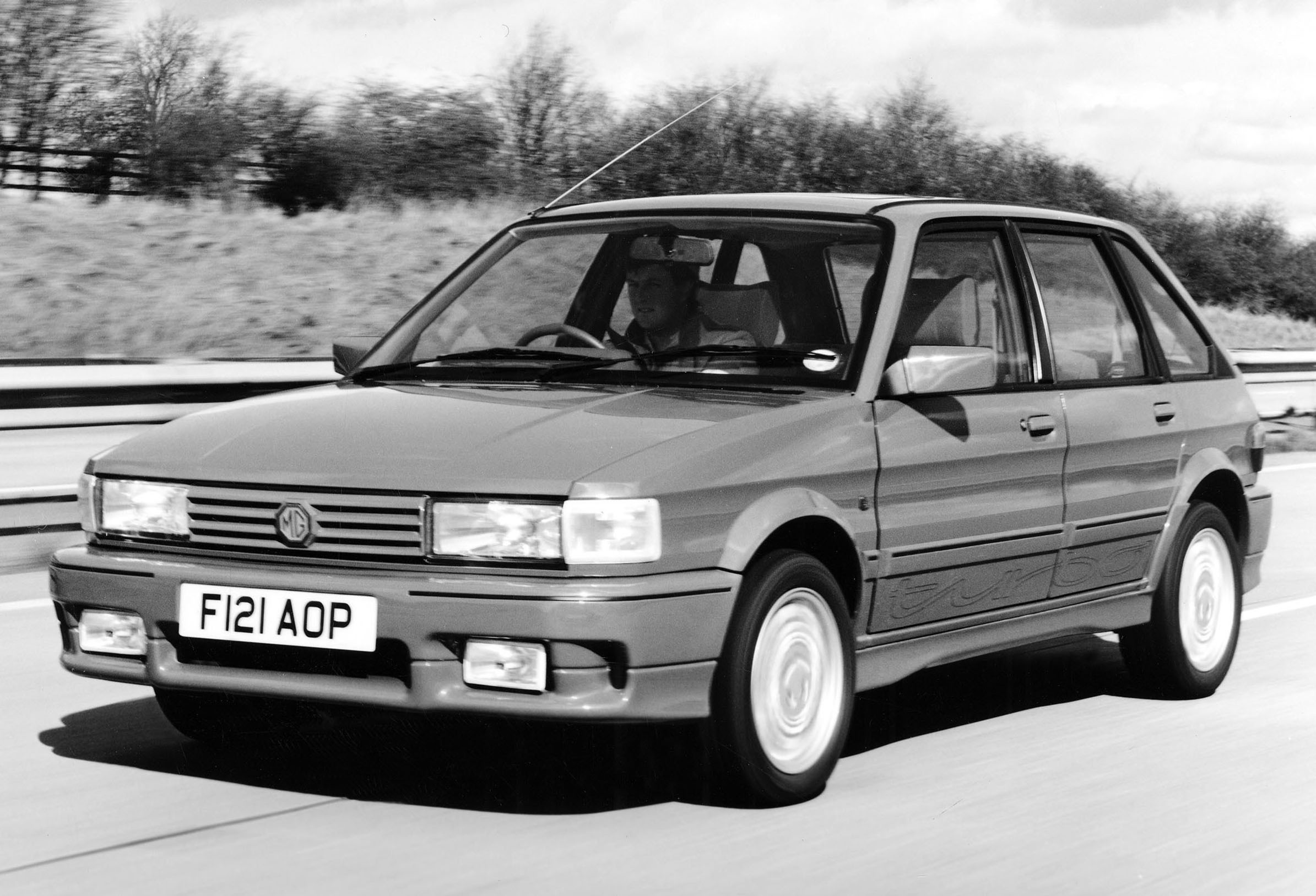
It wasn’t just the O-Series engine which was upgraded when compared to the standard MG Maestro – the looks were, too. The fastest production MG to date featured a five-piece body kit developed by Tickford, with protruding bumpers squarer than Jimmy Hill’s chin, and wearing the same shade of red as Lena’s 99 balloons. Loud ‘TURBO’ decals shouted the car’s extra-hot intentions, while 15-inch cross-spoke alloy wheels – which were far from a tight fit in the arches – completed the MG Maestro Turbo’s makeover. Not a car for girls who wanted to have fun, only 505 examples of the hairiest, torque-steeriest Maestro were ever built. The limited-run car’s asking price was £13,529.
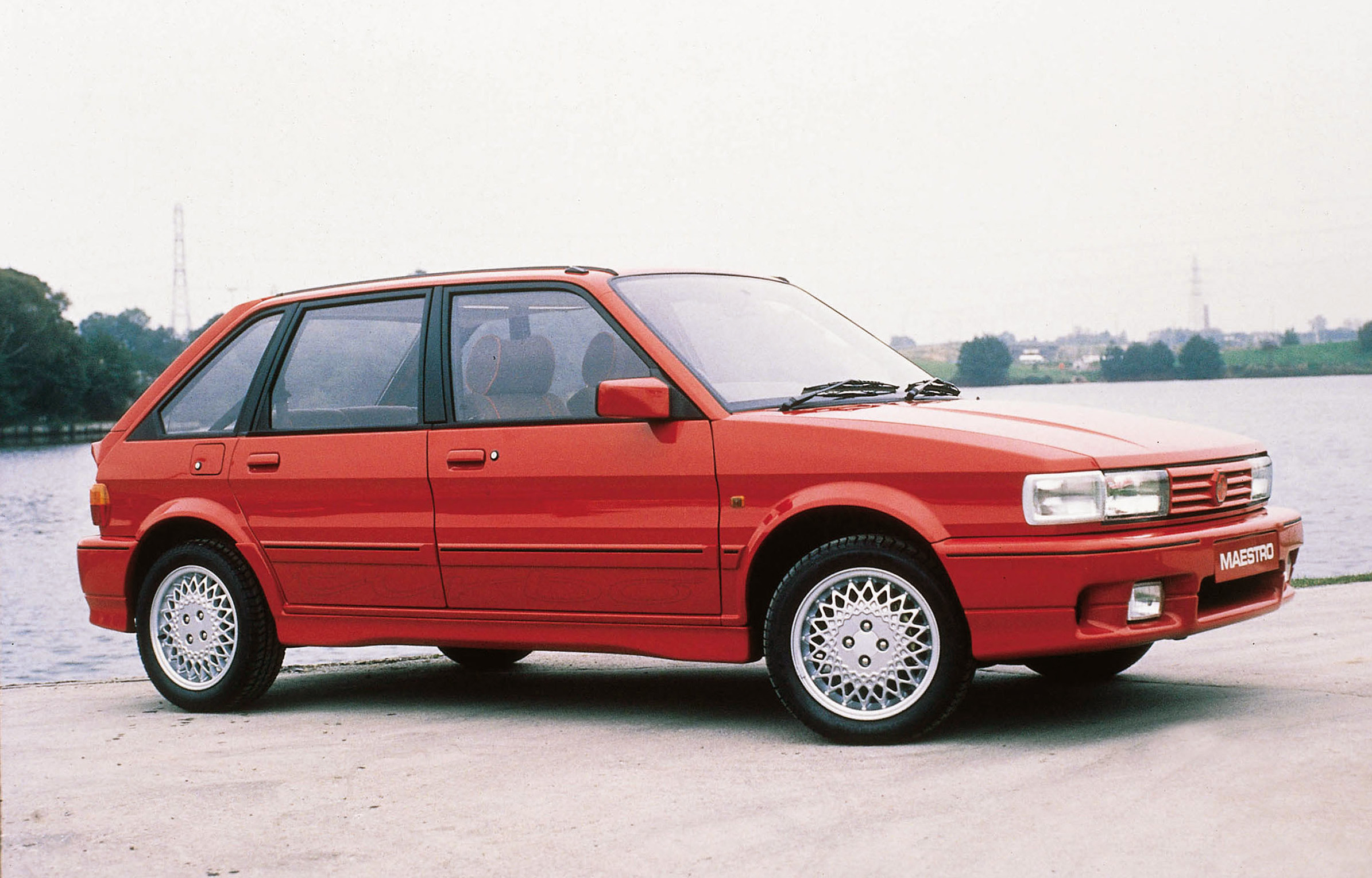
The turbocharged car proved arguably the MG Maestro’s career highlight, with more sparkle than buck’s fizz. Few changes took place in the last three years of its life: in 1990 a catalytic converter became a £306.52 option, and production stopped in November 1991. While it may have failed to ignite the passion in hot hatch buyers back in the Eighties, now the MG-badged Maestro can count on nostalgia as a friend, and cars at the pinnacle of condition can be had for as much as £10,000.
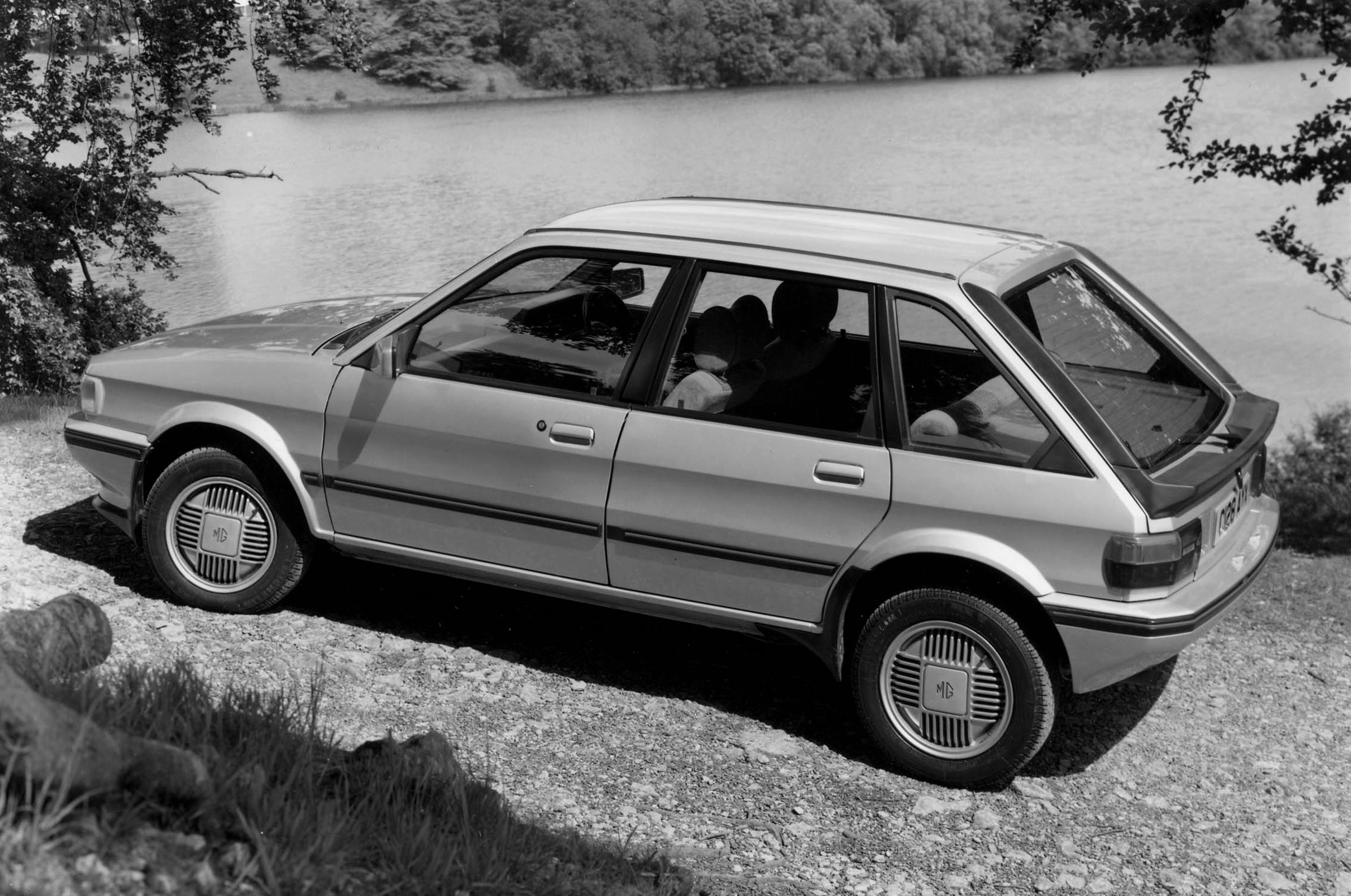
The Ford Fiesta XR2, Ford Escort XR3, Peugeot 205 GTI, Renault 5 GT Turbo and Volkswagen Golf GTI may be more well-known names in the 1980s hot hatch parade, but with popularity comes ubiquity. With a total of just 87 standard and turbocharged cars left on UK’s roads, ubiquitous is one thing the MG Maestro isn’t. A performance saloon at the more blunt end of the scale, now may be the time to indulge in a bit of MG hot hatchery.
While to some it may live in the land of make believe when compared to the established greats, in the words of 1980s one-hit wonders Fair Attraction, it may just play the perfect retro melody. Voice synthesiser and all.
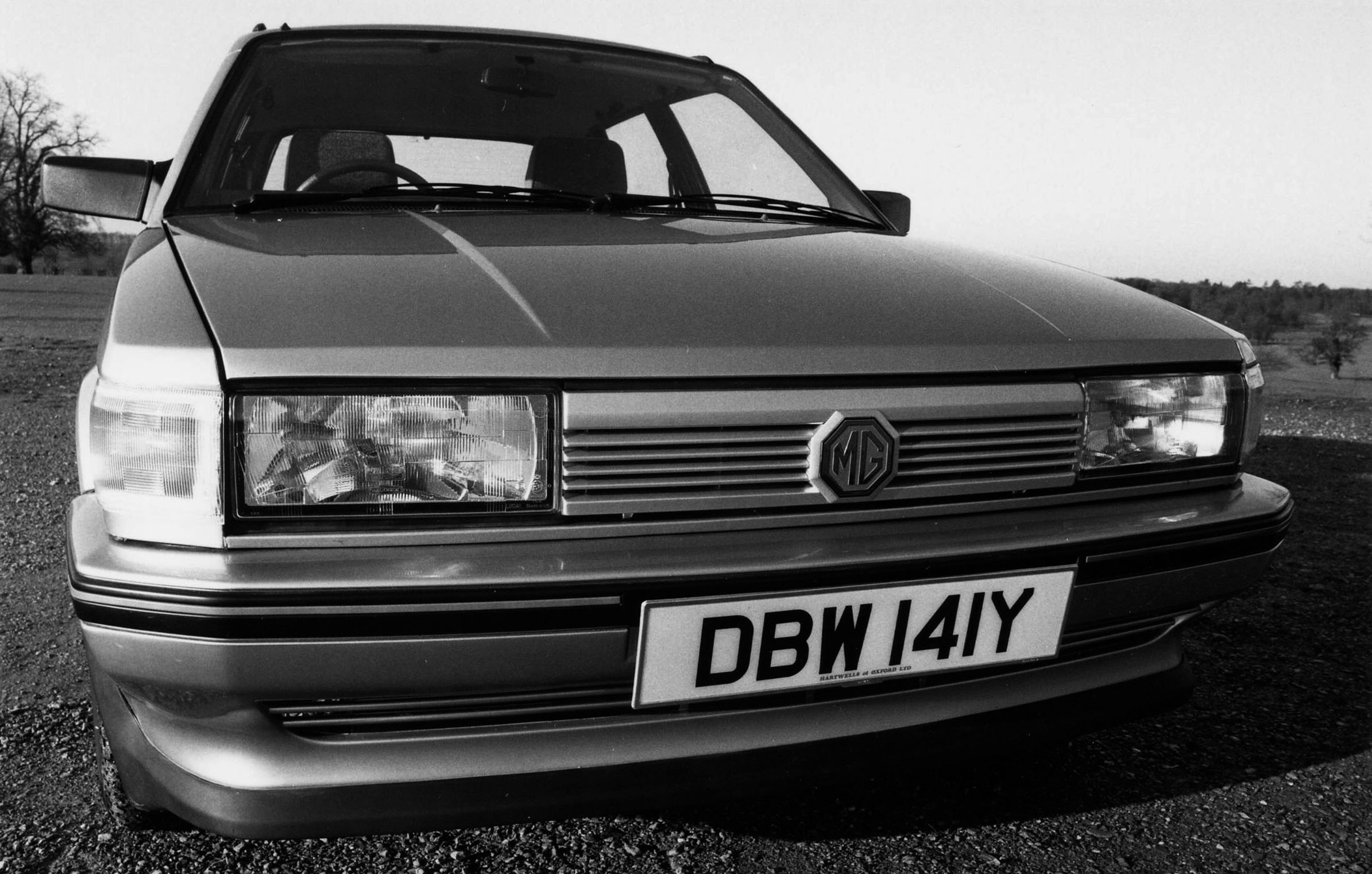
CLICK TO ENLARGE









